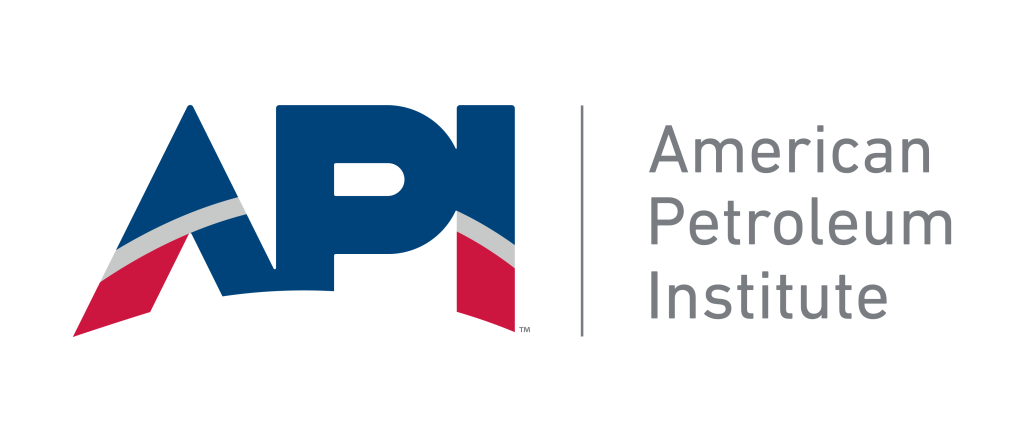About a year ago, I presented a hypothetical but instructive scenario regarding offshore operations in the frigid, remote waters of the North Sea. Recall: A seal ruptures on a subsea control module, halting production. The nearest replacement is thousands of miles away. In situations like this, equipment failure can mean days or even weeks of costly downtime. But it’s not just output that’s at stake: personnel safety, operational risk and environmental exposure are all heightened.
It was exactly this kind of challenge that inspired the development of the first edition of API Standard 20S, Additively Manufactured Metallic Components for Use in the Petroleum and Natural Gas Industries (API Std 20S).
Published in 2021, the first edition gave the industry its first standardized approach to qualifying metal components made through additive manufacturing (AM), or 3D printing—offering a path to on-demand production closer to the point of use and improving supply chain efficiency.
But as foundational as that edition was, it still left operators with questions, especially in scenarios like the one described. While it introduced core principles, it lacked alignment with newer process-specific standards, such as ASME’s guidance for Directed Energy Deposition (DED). And without clear non-destructive testing (NDT) criteria tailored to AM, companies were left to interpret how best to verify component quality and integrity. In short, while the standard outlined what was possible, it didn’t offer comprehensive guidance on how to make it consistent and reliable when it mattered most.
The release of the second edition of API Std 20S strengthens the previous edition’s requirements, incorporating the latest industry practices, clearer non-destructive testing guidance and expanded tools for inspection and process control. As a result, it offers companies the clarity and confidence to move faster, deploy AM parts more effectively and reduce operational risk in the field. Here’s a closer look:
UNDER THE HOOD: 20S, 2ND EDITION
Defining and qualifying AM processes is essential to ensuring consistent performance in oil and natural gas applications (and any others, for that matter). The second edition of API Std 20S updates the Essential Additive Manufacturing Variables section to align with ASME’s Section IX, QW-600, a framework specifically developed for DED processes such as the DED-Arc process. This form of AM uses an arc welding heat source to deposit layers of metal, building up a component directly from wire feedstock. It is particularly well-suited for large parts that require durability in challenging environments. This alignment gives manufacturers a recognized structure to follow and operators increased confidence in part performance, even in remote or time-sensitive settings.
Equally important is the ability to verify the integrity of AM-produced parts. To that end, the second edition introduces a new informative annex focused on NDT, providing inspection guidance, including how Additive Manufacturing Specification Levels (AMSL) apply, along with practical examples of acceptance criteria. This annex gives quality assurance teams clearer benchmarks and helps move AM parts from prototype to field-ready with greater speed and certainty.
MAKING A DIFFERENCE
By strengthening qualification requirements and inspection protocols, the second edition of API Std 20S delivers significant benefits to operators.
The need for speed. With a clearer framework for qualifying components and verifying their integrity, companies can accelerate the production of parts that would otherwise require weeks (or far longer) to source through traditional supply chains. That agility is especially valuable in remote or offshore locations, where downtime can lead to serious financial and operational risk.
A more resilient supply chain. The second edition assists operators in more efficiently producing components closer to the point of use, whether onshore or offshore, thus reducing the need for long-distance shipments and large inventories.
In this way, the standard helps streamline logistics, cut costs and improve responsiveness, all bottom-line pursuits, especially in the face of global supply chain disruptions.
Additive manufacturing also minimizes material waste through its layer-by-layer process, which can reduce the number of parts needed in complex assemblies. This efficiency reduces emissions during both manufacturing and transport. Combined with localized production, these advantages help reduce Scope 3 emissions and support broader industry sustainability goals.
Boost of confidence. With clearly defined criteria for qualification and inspection, manufacturers and operators can collaborate more effectively and expand AM production with greater certainty. As their associated technologies continue to evolve, API Std 20S provides the foundation needed to adopt them efficiently and at scale.
LOOKING AHEAD
The second edition of API Std 20S reflects the industry’s commitment to embracing advanced technologies and innovations to meet the growing global demand for cleaner, safer and more efficient energy. With clearer guidance around qualification and inspection, the standard provides the structure needed to move 3D printing from aspirational concept to practical tool.
As digital manufacturing continues to evolve, API Std 20S offers a reliable foundation that manufacturers, engineers and operators can build upon, reaffirming API’s commitment to advancing safety, operational integrity and environmental protection across the industry. By incorporating the latest technologies and industry feedback into this new edition, API furthers the industry’s ability to protect workers, communities and the environment.
ANCHAL LIDDAR is Senior Vice President of API’s Global Industry Services (GIS) division, which is responsible for standards setting, certification, training, publications and safety programs for industry operations. Previously she spent nine years at The Boeing Company, serving various roles in supply chain, finance and program management. Anchal holds a Bachelor of Science from the University of California – Irvine and an M.B.A. and a Master of Science in Information Systems & Technology from Claremont Graduate University.

